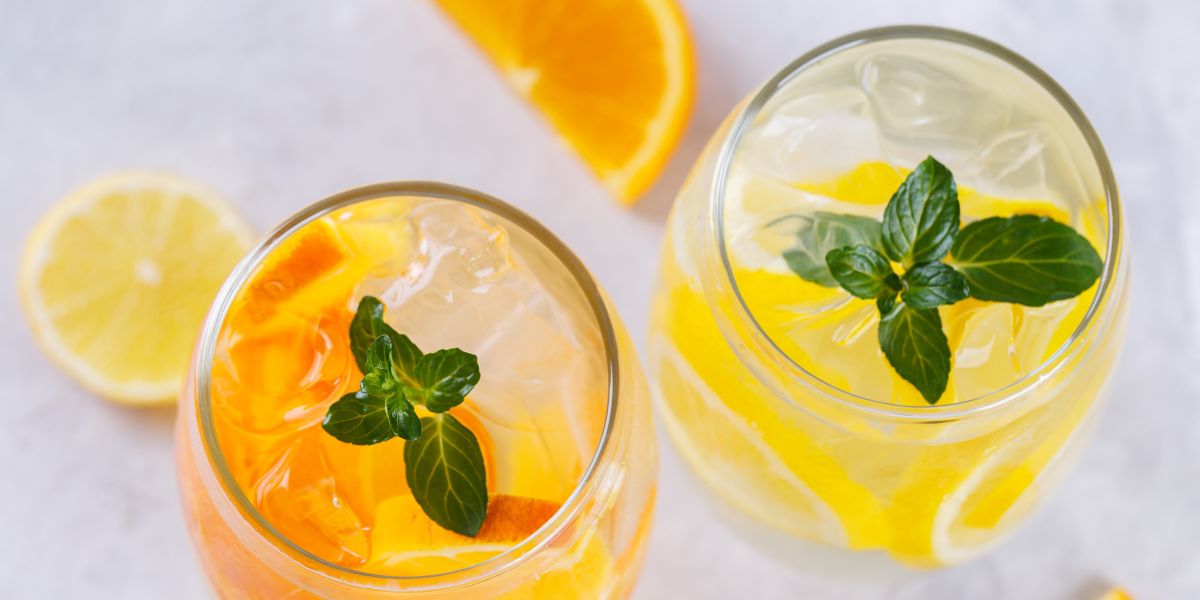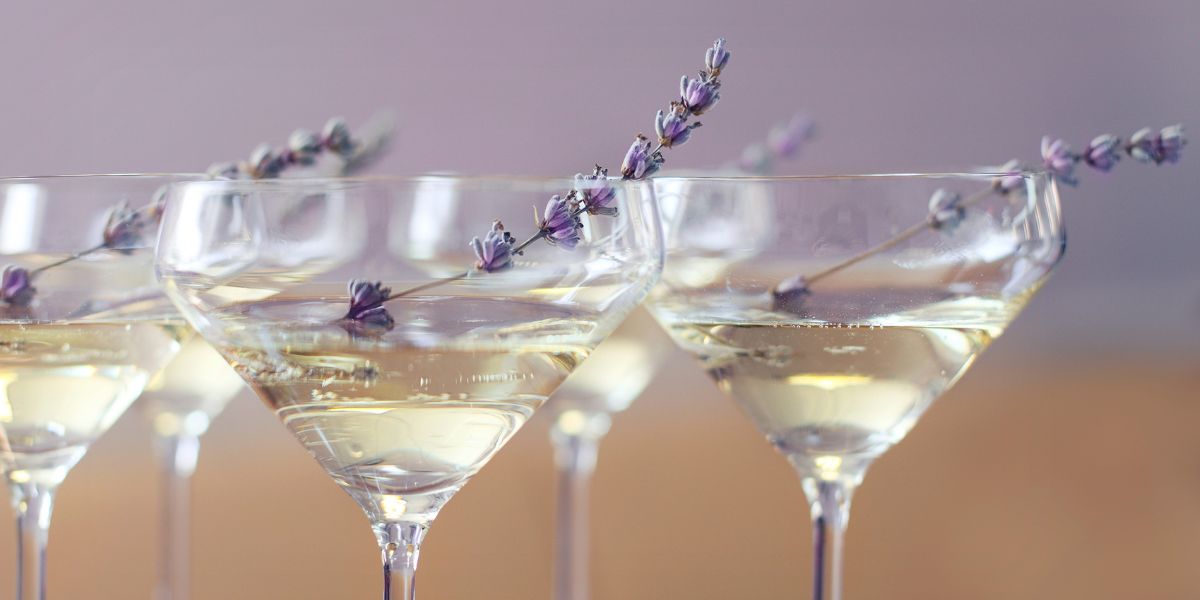Premiumisation versus budget
From small-batch gin distilled with exotic botanicals to single malt whiskies matured in rare oak casks, consumers are willingly paying a premium for these elevated experiences. Premiumisation not only offers products with higher quality and price points, but is also an invitation to brands to weave compelling narratives around their products that resonate with consumers’ quest for exclusivity and indulgence.
However, as the cost of living bites, IWSR data shows early signs of downtrading across many alcohol categories. Not all is lost, though: individuals may be reducing quantity, but many are still maintaining the quality of the beverages they choose.
Health and wellness drinks
Alongside the growth of low-alcohol drinks, there’s an overall trend of consumers becoming more health conscious in their alcohol consumption. This interest was sparked by the hard seltzer craze, with its 5% alcohol content and, on average, 100 calories. Of global consumers, 66% are now interested in cognitive health products – and in the drinks market, consumers are replacing low-calorie options with added health benefits, like probiotic cocktails or alcoholic kombucha.
This trend spotlights the alcohol industry’s response to the growing wellness trend, heralding a new era of consumer-centric, health-focused innovation.
Crossovers and new flavours
Consumers are willing to follow the latest trend, whether it’s strange-sounding crossovers or flavour combinations. From wine cocktails to whisky seltzers, drinks are becoming more experimental to try to break apart from the crowd.
Treat-based drinks are the heir to boozy desserts; pastry stouts and “milkshake” IPAs are increasing in interest. Alternatively, holiday-inspired flavours such as olive oil, calamansi, pomelo and guava are also trending: 74% of consumers like products with unusual tastes, according to Mintel. So, expect to see this trend grow with flavours from around the world and even wilder combinations.
Drinks direct to the consumer
Ecommerce sales of alcohol are predicted to grow by 66% in key global markets, including the UK, between 2020 and 2025. And while 65% of people are still drinking cocktails in restaurants and 50% in bars, 64% are drinking them at home.
But we won’t all be investing in home cocktail bars, complete with countless bottles of different spirits and mixers. Drinkers will choose from their well-loved favourites: beer is expected to see the largest volume shift to ecommerce by 2026, while spirits will contribute the most value, causing the established wine market to come under pressure.
At-home drinking will not stop with a trip to the supermarket; brands such as Trip, Lucky Saint and Beavertown started to offer one-hour delivery services within a few cities in 2023.
Contact Linney today
The UK drinks market is an exciting one. There’s always a huge appetite for something new.
Whether you’re an established brand or a challenger, Linney offers world-class marketing services to help you connect with your audiences. Get in touch today to discuss working together.


